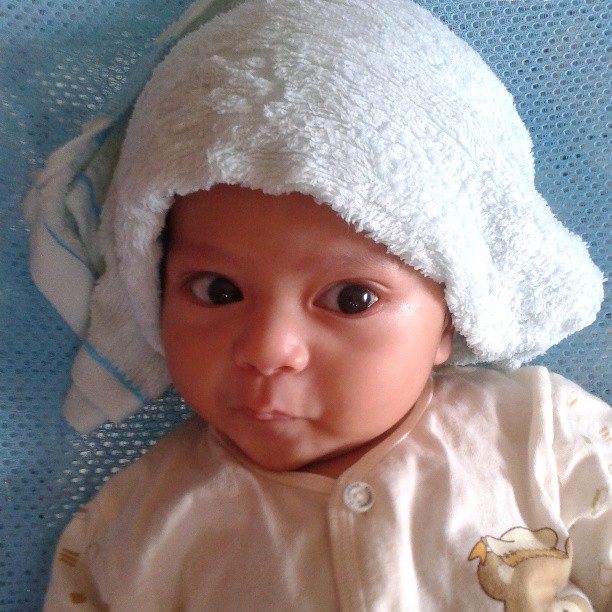The origin of animation can be traced back to ancient times when humans discovered a basic principle known as persistence of vision. This principle states that the human eye retains an image for a brief moment even after it disappears from view. Early attempts at animation can be seen in cave paintings and ancient Egyptian murals, where sequential images were used to depict movement.
However, the true development of animation as we know it today began in the late 19th century with the invention of devices like the zoetrope and the praxinoscope. The zoetrope was a spinning drum with slits in the sides and a sequence of images placed inside.
When the drum was spun and observed through the slits, the images appeared to come to life, creating the illusion of movement. Similarly, the praxinoscope used a series of mirrors to reflect a moving image and enhance the illusion of animation. In the early 20th century, the invention of film and the use of photography revolutionized animation. Pioneers like Émile Cohl and Winsor McCay created hand-drawn animations by drawing each frame on paper and photographing them in sequence. These frames were then played back rapidly, giving the illusion of movement.
Later advancements introduced techniques like cel animation, where characters and backgrounds were drawn on transparent sheets (cels) and layered together, allowing for more efficient production. The introduction of sound and color further enhanced the art form, leading to the creation of iconic animated films and cartoons. With the advancement of technology, animation has evolved into a diverse and sophisticated field. Traditional hand-drawn animation has been supplemented and, in some cases, replaced by computer-generated imagery (CGI) techniques.
Modern animation encompasses a wide range of styles, including 2D, 3D, stop-motion, and digital animation, and is used in various forms of entertainment, such as movies, TV shows, video games, and advertisements.
.jpg)








Setiap ulasan yang ditulis adalah dibawah tanggungjawab yang memberi komen. Sekiranya mahu berhubung dengan saya, hubungi saya di blogsyaznirahim@gmail.com :)
Every comment written is under the responsibility of the commenter. If you want to contact me, reach me at blogsyaznirahim@gmail.com :)
Apa yang saya tulis di blog ini dahulu, saya sendiri mungkin sudah tidak bersetuju dengan content itu pada hari ini. Semestinya segala penulisan dalam blog ini tidak sesuai untuk dijadikan rujukan (citation/reference) dalam penulisan artikel / jurnal saintifik. Pemilik blog tidak bertanggungjawab sekiranya isi kandungan blog ini diambil sebagai rujukan akademik.
What I wrote on this blog before, I may not agree with the content today. Certainly all writing in this blog is not suitable to be used as a reference (citation/reference) in the writing of scientific articles/journals. The owner of the blog is not responsible if the content of this blog is taken as an academic reference.
Disclaimer: Unauthorized Use of Photos
All personal and family photos on this blog are the exclusive property of syaznirahim.com. These images may not be downloaded, copied, reproduced, or used in any form without prior written permission from the owner. Unauthorized use of these photos is strictly prohibited and may result in legal action. If you wish to use any of the photos, please contact me for permission and licensing terms. Thank you for respecting our rights and the privacy of the individuals depicted.
Penafian: Penggunaan Foto Tanpa Kebenaran
Semua foto peribadi dan keluarga di blog ini adalah hak milik eksklusif syaznirahim.com. Imej-imej ini tidak boleh dimuat turun, disalin, dihasilkan semula, atau digunakan dalam apa-apa bentuk tanpa kebenaran bertulis daripada pemilik. Penggunaan foto-foto ini tanpa kebenaran adalah dilarang keras dan boleh mengakibatkan tindakan undang-undang. Jika anda ingin menggunakan mana-mana foto, sila hubungi saya untuk mendapatkan kebenaran dan syarat pelesenan. Terima kasih kerana menghormati hak kami dan privasi individu yang digambarkan.